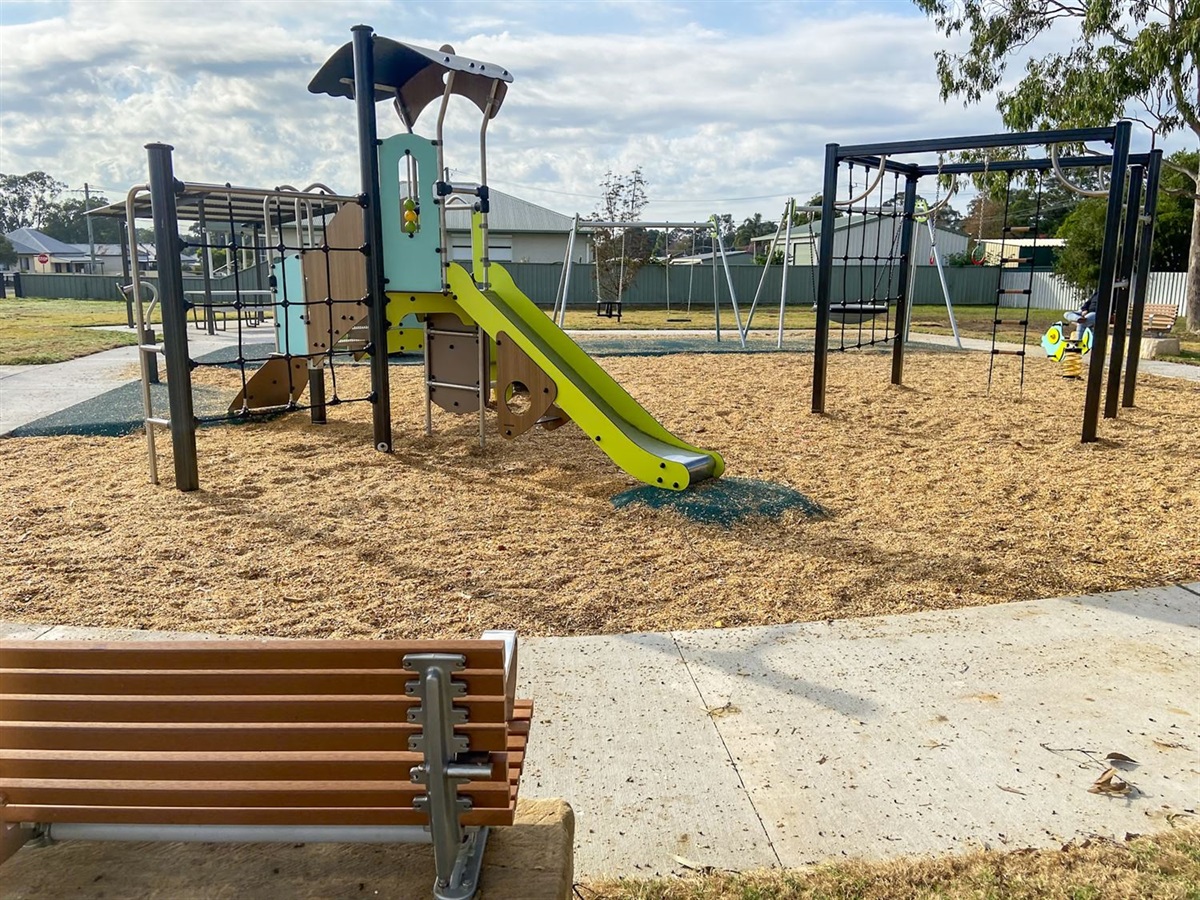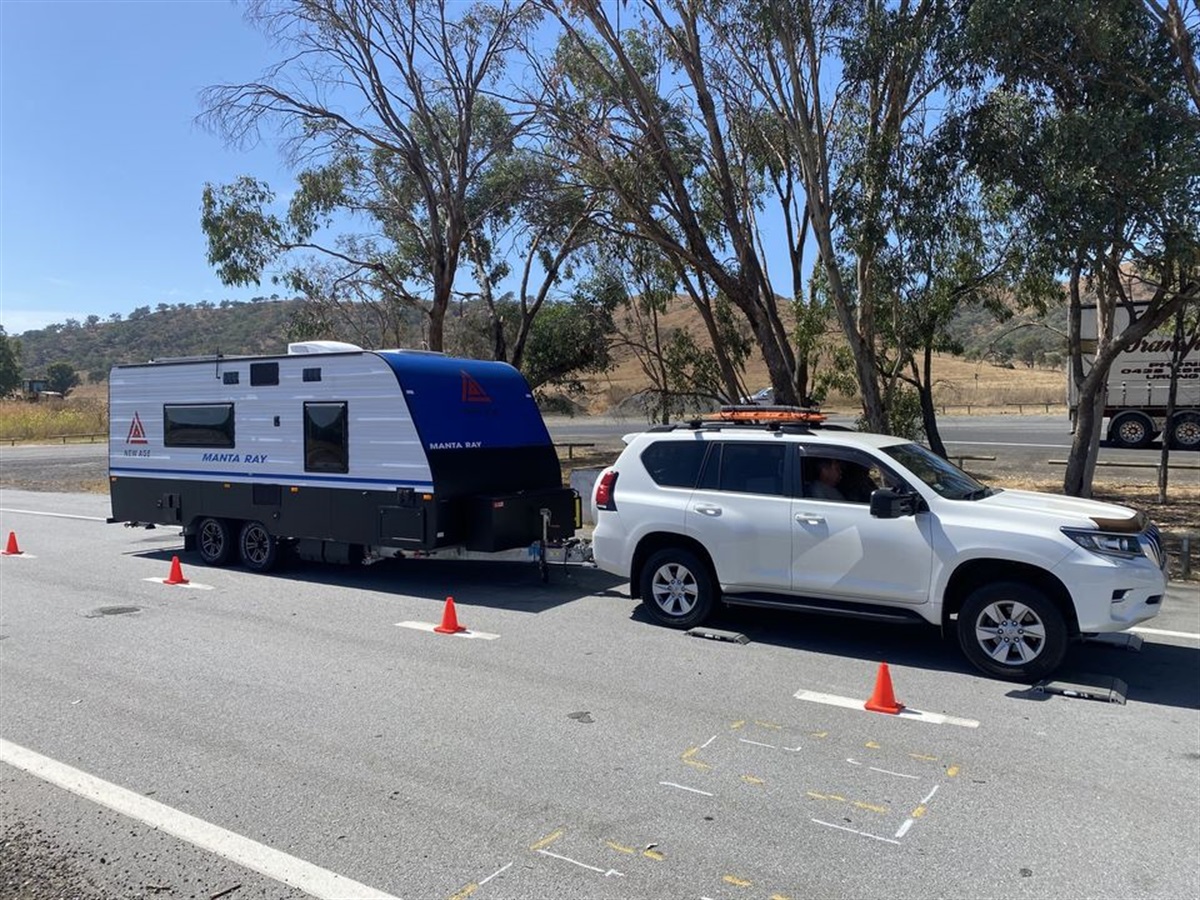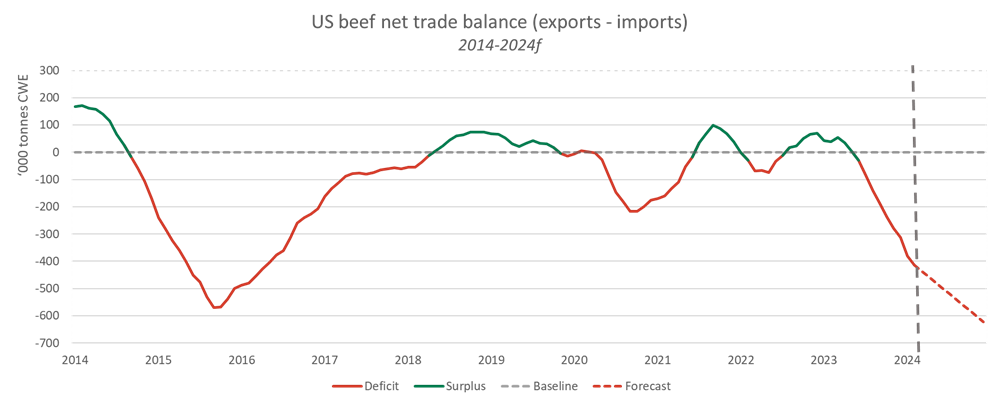Following dramatic drops in property prices in Sydney and Melbourne’s top end of the market, they are now leading the way to the recovery.
This has been demonstrated over the weekend which saw preliminary auction clearance rates, as published by CoreLogic, leap from the doldrums.
While both capital cities took a nosedive last year and have been hovering around the 50 per cent mark for the past few months, this weekend saw Sydney’s rise to 66.1 per cent and Melbourne’s to 64 per cent.
RiskWise Property Research CEO Doron Peleg said this showed a clear trend of improvement.
“Clearance rates exceeded the 60 per cent mark and this is strongly aligned with the expected stabilisation in the property market,” Mr Peleg said.
“Labor’s loss at the Federal election eliminated the number one risk to the property market and this, combined with the high likelihood of interest rate cuts by the RBA this year, the introduction of the First Home Loan Deposit Scheme and APRA’s proposal to remove the 7 per cent ‘stress test’ replacing it with a 2.5 per cent buffer, will support the bottoming of the Sydney and Melbourne markets by the end of the year and then a gradual recovery.”
He said the top end sub-regions (Statistical Areas Level 4 – SA4s) of Melbourne led the market with the Inner-East delivering 72.5 per cent preliminary clearance rate and the Inner-South 68.4 per cent.
“Both these areas experienced material price reductions in the recent downturn with houses in Melbourne’s Inner-East dropping by 17 per cent in the past 12 months,” Mr Peleg said.
“While the lower end of the market showed more resilience in the recent downturn, the top end went down significantly, and we are seeing a major change in the trend.”
Greville Pabst Property Advisory and Chairman of WBP Group, Greville Pabst said the Inner-East and South areas of Melbourne had been the hardest hit over the past 18 months.
“Our valuers have reported price weakening in the range of 15-20 per cent, particularly for properties that are in the $2 million-plus price range and other sub-sectors of the market such as new apartments that were previously sold off-the-plan,” Mr Pabst said.
“Whilst the greatest falls have been experienced in inner-Melbourne, this is where the recovery will begin and prices within this inner circle are expected to outperform the general market over the next three to five years.”
Mr Pabst said the western Melbourne house market was also another opportunity for growth, driven by affordability where the median house price in the $500,000 to $650,000 range was well below the Melbourne median.
“This area, in particular, is attracting strong population growth and infrastructure investment,” he said.
“Regionally, Geelong, Ballarat and Bendigo will continue to perform strongly supported by Government grants, first home buyer and stamp duty exemption schemes. Infrastructure spending, job creation and affordable housing is expected to underpin growth in regional Victoria for the next five years.”
Mr Peleg said CoreLogic figures showed while Melbourne West, with a 59 per cent auction clearance rate, and the Outer East, with 61.5 per cent, were performing reasonably well, the results at the top end of the market were well above these.

He said a similar trend could be seen in Sydney with the top end delivering strong auction clearance rates and all six sub-regions delivering around or more than 70 per cent, including City & Inner South at 75.6 per cent; North Sydney & Hornsby at 73.2 per cent; Inner West with 72.3 per cent; and Eastern suburbs with 71.7 per cent.
/Public Release. View in full here.








